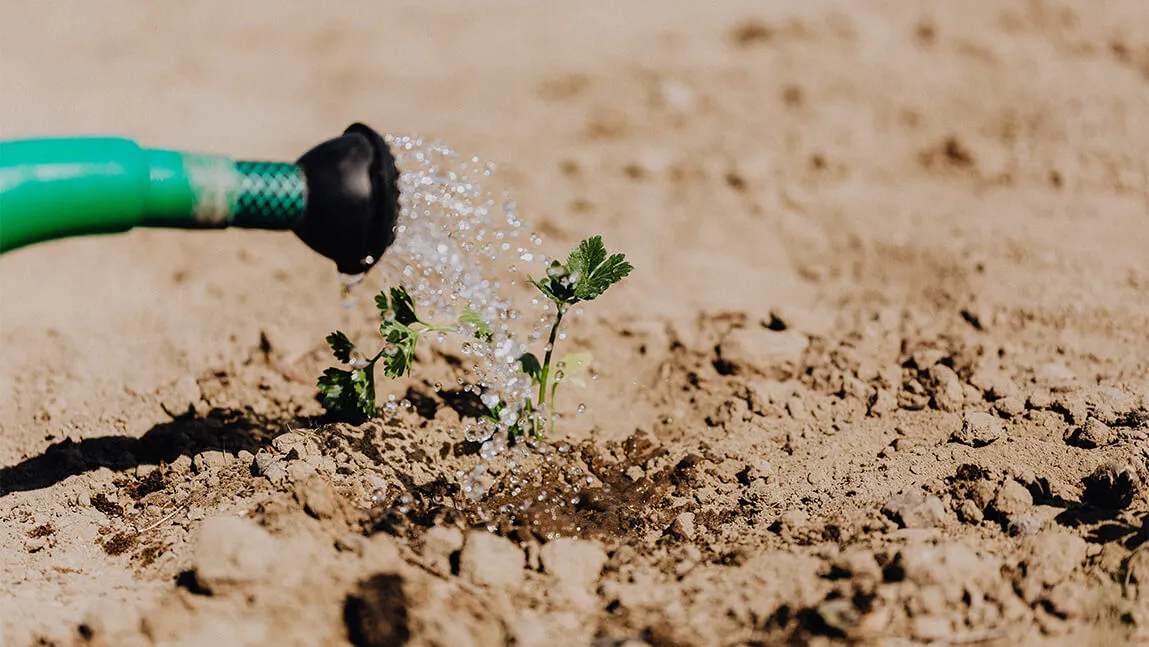While irrigation is widely used on Northeast vegetable farms, few growers rely upon soil moisture sensors to schedule irrigation. Many farmers over-irrigate, causing nutrient leaching, or under-irrigate, leading to decreased yields and quality. Better information about soil moisture conditions and soil moisture sensing technology, tailored to the scale and diversity of these farms, can greatly improve irrigation efficiency while protecting water quality and supply in an era of climate change.
Relevance
Climate change is disrupting precipitation patterns and leading to increased droughty periods during the growing season. As a result, vegetable farmers in the Northeast are increasingly recognizing the need for irrigation, and for more efficient irrigation. While soil moisture sensors are commonly used in other regions and sectors, these systems often are not optimized for Northeast growers, so few rely upon this technology to schedule irrigation. Many farmers are interested in understanding if networked soil moisture sensors with continuous measurements are worth the investment. That is, will the increased irrigation efficiency brought by this technology pay back in terms of yield or quality of produce?
Response
Researchers with the UVM Center for Sustainable Agriculture's Farming and Climate Change Program, in partnership with the University of Maine, conducted a survey of New England vegetable growers to ascertain how farmers make decisions about when and how much to irrigate. Using the survey results, they successfully applied for a Northeast Sustainable Agriculture Research and Education Novel Approaches grant. The funded project entails research for two full growing seasons to measure water usage, yield, quality, and nitrogen leachate in cucumbers, tomatoes, and peppers as a function of various approaches to irrigation scheduling.
Results
Although the project is still in its second year, valuable information was gained from the first year of study, as well as complementary work on other working vegetable farms in Vermont. No significant yield difference was observed as a result of the usage of the soil moisture sensing technology. This result has been shared through multiple farmer presentations and conversations with agricultural service providers, which has helped avoid costly investments in troublesome technology. At the same time, knowledge and awareness of the importance of efficient water usage has spread throughout the farming community. Awareness of other, less expensive and simpler technologies also has been raised. Farmers and service providers who have chosen these options have presumedly used water more efficiently, resulting in improved yields and profits.
